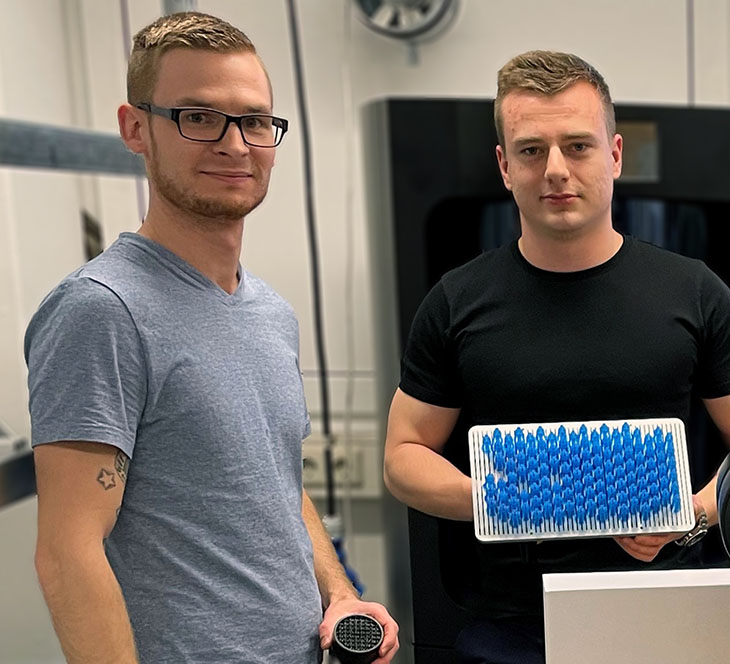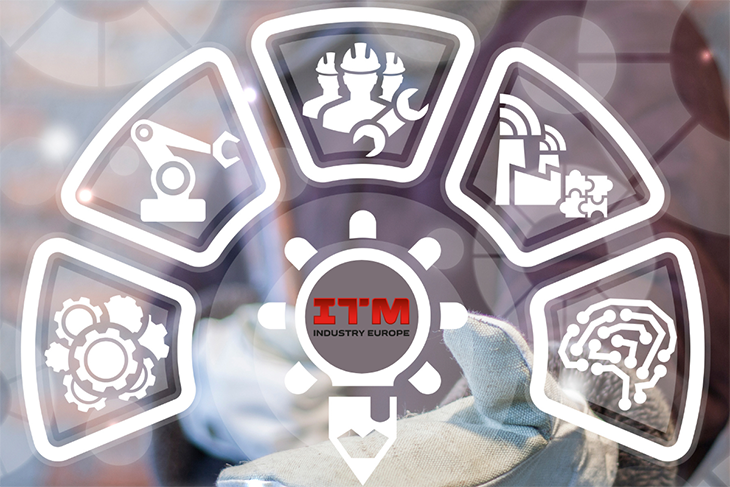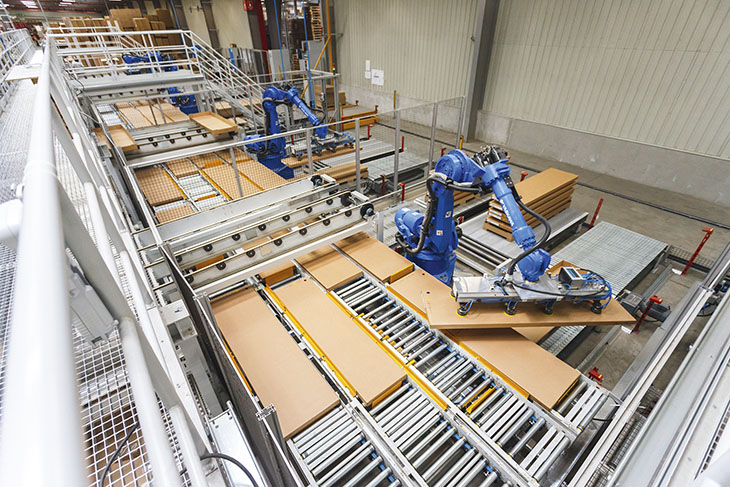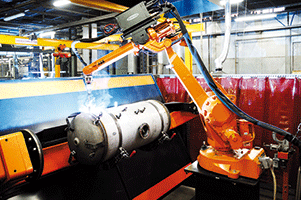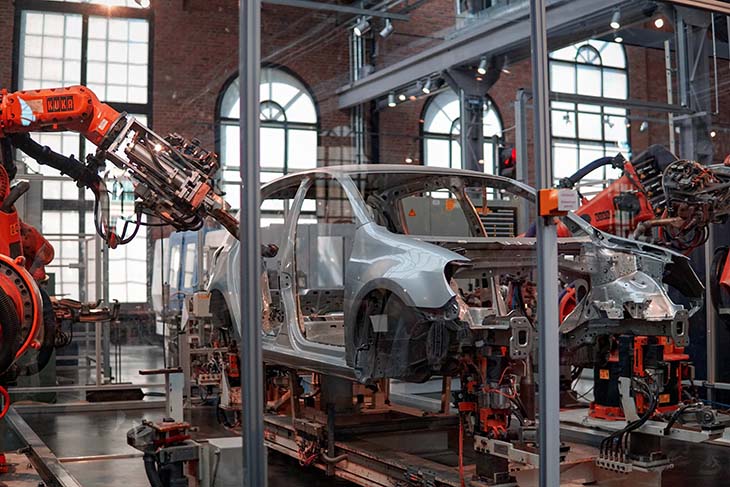There is a common misconception that commercial vehicles are for ‘white van’ jobs or are inconvenient for taking up space on our roads. HGVs have been criticised for being huge polluters in urban areas, however this isn’t true. Here, we’ll take a look at the evolution of commercial vehicles and how they serve to be an entrepreneur’s best friend.
What is a commercial vehicle?
According to the Collins dictionary, a commercial vehicle is ‘a vehicle that is licensed to be used for the transportation of goods or materials rather than passengers. The point of any commercial vehicle is to be of service to the business’.
The rise of quirky businesses
Ford’s models have often been the first choice for manual workers. The Ford Transit Connect has won many awards over the years thanks to its versatility and reliability. However, it is the likes of the Ford Transit full-size van where entrepreneurs are turning their attention. As it is available in three body lengths and three roof heights, it provides the perfect space to create a portable cooking space.
The Transit Connect has lots of space for equipment and essentials, with a 487.3 cubic feet capacity. Better yet, the height of the vehicle means that anyone under 6ft4 can easily stand up in when cooking. This has led to the rise of fast-food ventures in quirky vehicles.
Everyday uses
It isn’t just businesses that benefit from commercial vehicles. Studies have found that 88% of British consumers think that a reduced or restricted service from CV-driven services would have a detrimental impact on their quality of life. This includes rubbish collection, online deliveries and sending and receiving post. Each year, nearly 15 billion letters are delivered via CV vehicles, while 325 million tonnes of food products are also transported by road annually. This can include supermarket lorries as well as deliveries from couriers such as Hello Fresh and Muscle Food. Such online purchases meant that the UK spent £67.3 billion worth of goods and services online in 2017.
Emergency services
You probably didn’t know that emergency services use CV vehicles. That means that the 17,228 ambulances that are on our streets and carrying upwards of five million people to A&E each year are commercial vehicles too.
SMMT Chief Executive, Mike Hawes, said: “There are five million commercial vehicles on Britain’s roads and they play a vital role in powering our essential services. Britain’s CVs are the backbone of our economy, and manufacturers invest heavily in technology, with the latest CVs on our roads today the cleanest, safest and most advanced in history. For the sector to grow and continue to drive investment and jobs, government must maintain the right economic conditions, and help promote fleet renewal through the right policies and incentives.”
Commercial vehicles are a lot more valuable than people realise, helping with everything from everyday tasks to essential parts of society like emergency services.
Sources
https://www.cheatsheet.com/automobiles/7-vehicles-that-would-make-fantastic-food-trucks.html/

















